Home>Gardening & Outdoor>Landscaping Ideas>How To Get Rid Of Fairy Rings In Lawns
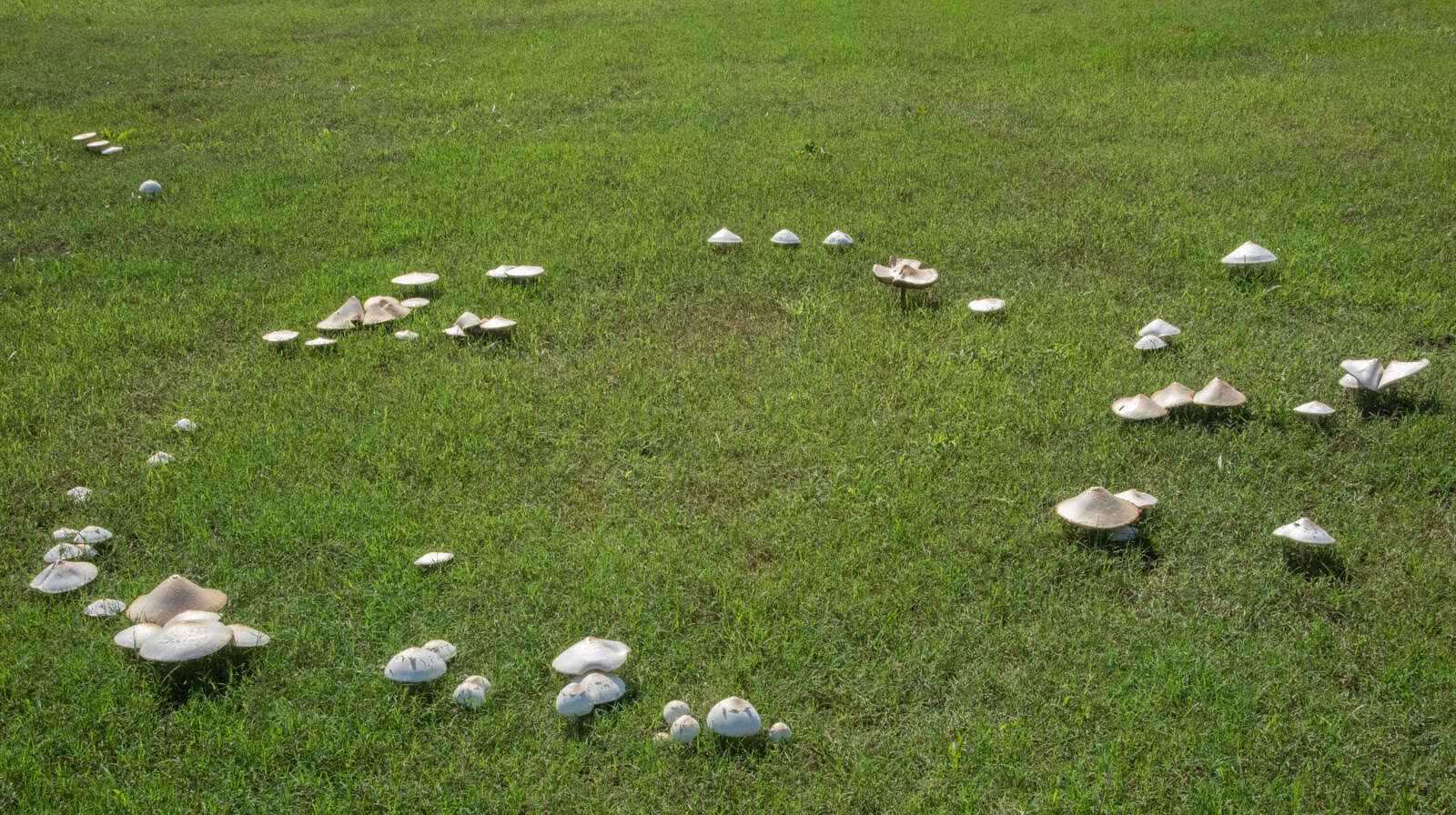

Landscaping Ideas
How To Get Rid Of Fairy Rings In Lawns
Modified: April 23, 2024
Learn effective landscaping ideas to eliminate fairy rings in lawns. Discover expert tips for getting rid of these unsightly lawn nuisances.
(Many of the links in this article redirect to a specific reviewed product. Your purchase of these products through affiliate links helps to generate commission for Storables.com, at no extra cost. Learn more)
**
Introduction
**
Are you tired of dealing with unsightly circular patches or rings of mushrooms in your lawn? These mysterious formations, known as fairy rings, can be a source of frustration for many homeowners and gardeners. However, with a deeper understanding of what causes fairy rings and how to effectively address them, you can reclaim the beauty of your lawn and restore its lush green appearance.
In this comprehensive guide, we will delve into the world of fairy rings, exploring their origins, identifying characteristics, underlying causes, and most importantly, the strategies for preventing and treating them. Whether you're a seasoned gardener or a novice homeowner, this article will equip you with the knowledge and tools to combat fairy rings and maintain a healthy, vibrant lawn.
Let's embark on a journey to unravel the mysteries of fairy rings and discover the best practices for keeping your lawn free from these peculiar formations.
Key Takeaways:
- Fairy rings are circular patches of mushrooms in lawns caused by underground fungi. Prevent them by maintaining balanced soil conditions, vigilant observation, and targeted treatments to restore a healthy, vibrant lawn.
- Natural remedies like mycorrhizal inoculants and compost tea, along with chemical treatments, can effectively manage and mitigate the impact of fairy rings, restoring the beauty and vitality of your lawn.
Read more: How To Get Rid Of Moss In Lawns
Understanding Fairy Rings
Before delving into the methods for eradicating fairy rings, it’s essential to grasp the nature of these enigmatic phenomena. Fairy rings are naturally occurring circles or arcs of mushrooms that manifest on lawns, meadows, or other grassy areas. These formations can vary in size, ranging from a few inches to several feet in diameter, and they often exhibit a distinct contrast to the surrounding grass due to the presence of mushrooms or a ring of darker, greener grass.
One of the most captivating aspects of fairy rings is their folklore and mythical associations. In various cultures, these rings have been linked to folklore and superstitions, with some traditions portraying them as dancing grounds for fairies or other mystical creatures. While these tales add a touch of whimsy to the phenomenon, the scientific explanations behind fairy rings are equally intriguing.
The formation of fairy rings is attributed to the underground growth of fungi, particularly species such as Agaricus campestris and Marasmius oreades. These fungi propagate by sending out underground filaments known as mycelium, which gradually expand in a circular pattern. As the mycelium decomposes organic matter in the soil, it releases nutrients that can stimulate the growth of lush, dark green grass or trigger the emergence of mushrooms along the perimeter of the ring.
Furthermore, the mycelium’s activity can affect the soil’s water retention and nutrient distribution, leading to changes in the grass’s appearance and health within the ring. Understanding the biological mechanisms driving the formation of fairy rings is crucial for devising effective strategies to manage and eliminate them.
**
Identifying Fairy Rings
**
Recognizing the presence of fairy rings is the first step towards addressing this natural phenomenon. While the appearance of mushrooms in a circular pattern is a telltale sign, there are several key characteristics to consider when identifying fairy rings in your lawn.
Mushroom Growth: The most conspicuous indicator of a fairy ring is the emergence of mushrooms in a circular or arc-shaped pattern. These mushrooms can exhibit varying colors, sizes, and textures, depending on the specific species of fungi present. Some mushrooms may be edible, while others are toxic, making it essential to exercise caution and avoid consuming any mushrooms growing within the fairy ring.
Grass Discoloration: Another common feature of fairy rings is the alteration of grass color and texture. The grass within the ring may appear darker, lusher, and more vibrant compared to the surrounding areas. In some cases, the grass inside the ring may exhibit abnormal growth patterns, such as unusually tall or dense patches.
Ring Structure: Fairy rings often form a distinct circular or semi-circular shape, with a noticeable contrast between the grass inside and outside the ring. This delineation can be attributed to the underground mycelium’s impact on the soil and the subsequent changes in nutrient availability and moisture levels.
Soil Compaction: In certain instances, fairy rings can lead to soil compaction within the affected area. This compaction may result from the mycelium’s activity and the accumulation of organic matter, which can affect the soil’s permeability and overall health.
By carefully observing these characteristics, you can confidently identify the presence of fairy rings in your lawn and take proactive measures to address them effectively. Understanding these visual cues will enable you to differentiate fairy rings from other lawn issues and implement targeted solutions to mitigate their impact.
Causes of Fairy Rings
The formation of fairy rings is attributed to a complex interplay of biological, chemical, and environmental factors. Understanding the underlying causes of these enigmatic formations is crucial for implementing targeted strategies to prevent and manage their occurrence.
Fungal Activity: The primary driver of fairy ring formation is the underground growth and proliferation of certain fungi, particularly species belonging to the genera Agaricus and Marasmius. These fungi release mycelium, which spreads outward in a radial pattern, leading to the characteristic circular or semi-circular shape of fairy rings. As the mycelium decomposes organic matter in the soil, it alters the soil’s composition and nutrient availability, impacting the surrounding grass and giving rise to the distinct features of fairy rings.
Nutrient Redistribution: The mycelium’s activity can result in the redistribution of nutrients in the soil, leading to localized changes in grass growth and appearance. The release of nitrogen, phosphorus, and other essential nutrients by the decomposing mycelium can stimulate vigorous grass growth within the ring, causing the grass to appear darker and more vibrant compared to the surrounding areas.
Moisture Retention: Fairy rings can influence the soil’s moisture retention capabilities, potentially leading to variations in soil moisture levels within and outside the ring. The mycelium’s impact on soil structure and permeability can affect water distribution, resulting in disparities in grass health and growth patterns.
Organic Matter Accumulation: As the fungi’s mycelium decomposes organic matter in the soil, it can lead to the accumulation of organic debris within the fairy ring. This buildup of organic matter can alter the soil’s composition and structure, potentially causing soil compaction and influencing the overall health of the grass within the affected area.
By comprehending the multifaceted causes of fairy rings, you can adopt a holistic approach to address these formations, encompassing measures to regulate fungal activity, manage soil nutrients, and promote balanced soil conditions. Armed with this knowledge, you can proactively safeguard your lawn against the disruptive effects of fairy rings and maintain its vitality and aesthetic appeal.
Prevention of Fairy Rings
Preventing the emergence of fairy rings requires a proactive approach that addresses the underlying factors contributing to their formation. By implementing targeted measures to regulate soil conditions, manage fungal activity, and promote overall lawn health, you can minimize the likelihood of fairy rings taking root in your yard.
Adequate Lawn Maintenance: Regular lawn maintenance practices, including proper mowing, watering, and fertilization, play a pivotal role in preventing the onset of fairy rings. Maintaining an optimal mowing height, watering deeply and infrequently, and applying balanced fertilizers can foster healthy grass growth and mitigate the conditions conducive to fungal proliferation.
Aeration and Soil Amendments: Aerating the soil and incorporating organic amendments can enhance soil structure and promote balanced nutrient distribution, reducing the likelihood of nutrient imbalances that can contribute to fairy ring formation. Aerating the lawn facilitates better air and water penetration, fostering a healthier soil environment that is less susceptible to fungal activity.
Fungus Control: Applying fungicides or biological control agents can help manage fungal populations in the soil, curbing the spread of mycelium and minimizing the risk of fairy ring formation. Utilizing targeted fungicidal treatments in conjunction with cultural practices can provide an integrated approach to fungal control, bolstering the resilience of the lawn against fungal incursions.
Balanced Watering: Maintaining balanced soil moisture levels through proper watering practices can deter the development of fairy rings. Avoiding excessive irrigation and promoting uniform water distribution across the lawn can mitigate the conditions favorable to fungal growth, contributing to a more resilient and less hospitable environment for fairy rings.
Vigilant Observation: Regularly inspecting the lawn for early signs of fungal activity or unusual grass growth patterns can enable prompt intervention and targeted treatment, preventing the escalation of fairy ring formation. By remaining attentive to changes in the lawn’s appearance, you can detect and address potential issues before they evolve into full-fledged fairy rings.
By integrating these preventive measures into your lawn care regimen, you can fortify your lawn against the emergence of fairy rings, fostering a healthy and vibrant outdoor space that is resilient to the disruptive effects of these mysterious formations.
Aerate the affected area to improve drainage and reduce thatch buildup. Apply a nitrogen-rich fertilizer to promote healthy grass growth and break down the fungi causing the fairy rings.
Read more: What Is Fairy Ring In Grass
Treatment Options
When confronted with the presence of fairy rings in your lawn, it’s essential to explore effective treatment options to mitigate their impact and restore the health and aesthetics of your grassy expanse. From natural remedies to targeted chemical treatments, a range of strategies can be employed to address fairy rings and promote a flourishing lawn.
Thatch Removal: Thatch, a layer of organic debris and dead grass that accumulates on the soil surface, can exacerbate the conditions conducive to fairy ring formation. Removing excessive thatch through dethatching or core aeration can enhance soil aeration and reduce the buildup of organic matter, contributing to a less hospitable environment for fairy rings.
Topdressing and Soil Amendments: Applying a topdressing of compost or well-balanced soil amendments can improve soil structure and nutrient availability, fostering a healthier soil environment that discourages fungal proliferation. By enhancing the overall health of the soil, topdressing and soil amendments contribute to the mitigation of fairy ring activity.
Fungicidal Treatments: Targeted fungicidal applications can be employed to manage and suppress fungal activity associated with fairy rings. Selective fungicides formulated to combat the specific fungi responsible for fairy ring formation can be applied according to label instructions, providing a strategic approach to curbing the spread of mycelium and mitigating the visual and structural effects of fairy rings.
Soil Moisture Management: Regulating soil moisture levels through balanced watering practices can help alleviate the conditions conducive to fairy ring development. By promoting uniform moisture distribution and avoiding excessive irrigation, you can create a less favorable environment for fungal growth, contributing to the containment of fairy rings.
Professional Lawn Care Services: Engaging the services of professional lawn care experts can provide access to specialized treatments and tailored solutions for addressing fairy rings. Experienced professionals can assess the specific characteristics of the fairy rings and implement targeted interventions to effectively manage and mitigate their impact on the lawn.
By considering these treatment options and tailoring them to the unique characteristics of your lawn, you can embark on a proactive journey to combat fairy rings and nurture a vibrant, healthy lawn that is free from the encumbrances of these intriguing natural formations.
Natural Remedies
Embracing natural remedies can offer an eco-friendly and sustainable approach to addressing fairy rings while promoting the overall health and resilience of your lawn. By harnessing the power of organic solutions and holistic lawn care practices, you can effectively manage fairy rings and foster a thriving outdoor environment that harmonizes with nature.
Mycorrhizal Inoculants: Introducing mycorrhizal fungi to the soil through inoculants can enhance the soil’s natural microbial balance and promote beneficial fungal interactions, potentially mitigating the impact of fairy rings. Mycorrhizal fungi form symbiotic relationships with plant roots, enhancing nutrient uptake and fostering a balanced soil ecosystem that is less susceptible to the proliferation of fairy ring-causing fungi.
Compost Tea: Brewing and applying compost tea, a nutrient-rich liquid fertilizer derived from compost, can bolster soil health and stimulate microbial activity, potentially countering the conditions favorable to fairy ring formation. The application of compost tea can enhance soil fertility and microbial diversity, contributing to a more resilient and balanced soil environment.
Organic Soil Amendments: Incorporating organic soil amendments such as compost, biochar, or worm castings can enrich the soil with essential nutrients and beneficial microorganisms, fostering a robust and diverse soil ecosystem. These amendments can bolster soil structure, enhance nutrient availability, and promote a balanced soil environment that is less conducive to the development of fairy rings.
Biostimulants: Utilizing biostimulants derived from natural sources, such as seaweed extracts or humic substances, can fortify the lawn’s natural defenses and promote a healthy soil microbiome. Biostimulants can enhance stress tolerance in plants, stimulate root development, and optimize nutrient uptake, contributing to a resilient and vibrant lawn that is less susceptible to the disruptive effects of fairy rings.
Balanced Watering and Aeration: Implementing mindful watering practices that promote deep root growth and soil aeration can bolster the lawn’s resilience and mitigate the conditions conducive to fairy ring development. By fostering a balanced soil moisture regime and optimizing soil structure through aeration, you can create an environment that is less hospitable to the proliferation of fairy rings.
By integrating these natural remedies into your lawn care regimen, you can harmonize with the natural ecosystem, promote sustainable soil health, and fortify your lawn against the disruptive effects of fairy rings, fostering a vibrant and resilient outdoor space that thrives in harmony with nature.
Chemical Treatments
When confronted with persistent or widespread fairy ring infestations, targeted chemical treatments can serve as effective tools for managing and mitigating the impact of these enigmatic formations. By leveraging specialized fungicides and soil amendments, you can address fairy rings with precision and restore the health and vitality of your lawn.
Selective Fungicides: Utilizing selective fungicides formulated to combat the specific fungi responsible for fairy ring formation can provide targeted control and suppression of fungal activity. These fungicides are designed to curtail the spread of mycelium and mitigate the visual and structural effects of fairy rings, offering a strategic approach to managing these intriguing natural formations.
Soil Inoculants: Introducing beneficial soil inoculants, such as trichoderma or mycorrhizal fungi, can bolster the soil’s natural defenses and promote a balanced soil microbiome. These inoculants can enhance nutrient uptake, stimulate root development, and fortify the soil against the proliferation of fairy ring-causing fungi, contributing to a resilient and vibrant lawn.
Soil Amendments: Applying targeted soil amendments, such as wetting agents or surfactants, can enhance soil moisture distribution and alleviate water repellency, mitigating the conditions conducive to fairy ring development. These amendments can optimize soil permeability and reduce the disparities in soil moisture levels, fostering a more uniform and balanced soil environment.
Integrated Fungal Control: Implementing an integrated approach to fungal control, combining fungicidal treatments with cultural practices and soil management strategies, can provide comprehensive protection against fairy rings. By integrating targeted chemical treatments with holistic lawn care practices, you can fortify your lawn against the disruptive effects of fairy rings and promote a healthy, resilient outdoor space.
Professional Consultation: Seeking guidance from professional lawn care experts can offer valuable insights into the selection and application of chemical treatments tailored to address fairy rings. Experienced professionals can assess the specific characteristics of the fairy rings and recommend targeted interventions, ensuring effective management and mitigation of these intriguing natural formations.
By leveraging these chemical treatments in a judicious and targeted manner, you can effectively manage fairy rings and restore the beauty and vitality of your lawn, fostering an outdoor space that thrives in harmony with your vision and the natural environment.
Conclusion
As we conclude our exploration of fairy rings and their management, it’s evident that these enigmatic formations, while captivating in their folklore and appearance, can pose challenges for maintaining a pristine lawn. By gaining a deeper understanding of the biological mechanisms driving fairy ring formation and implementing proactive strategies, you can effectively mitigate their impact and foster a vibrant, healthy outdoor space.
From the distinctive circular patterns of mushrooms to the alterations in grass color and texture, fairy rings present a blend of natural wonder and practical concerns. Embracing a holistic approach that encompasses preventive measures, targeted treatments, and a harmonious balance with nature can empower you to reclaim the beauty of your lawn and safeguard it against the disruptive effects of fairy rings.
Whether you opt for natural remedies that promote sustainable soil health, chemical treatments that offer precision and control, or a combination of both, the key lies in aligning your approach with the unique characteristics of your lawn and the specific manifestations of fairy rings. By remaining vigilant and proactive in your lawn care practices, you can create an environment that thrives in harmony with nature, free from the encumbrances of these intriguing natural formations.
As you embark on your journey to combat fairy rings, remember that each lawn is a canvas waiting to be nurtured and cherished. With knowledge as your guide and a spirit of stewardship as your compass, you can cultivate a lush, vibrant outdoor sanctuary that reflects the beauty of the natural world and the care you invest in it.
May your lawn flourish with vitality and grace, free from the whims of fairy rings, and may your journey as a steward of the land be filled with the joy of nurturing a thriving, resilient outdoor haven.
Frequently Asked Questions about How To Get Rid Of Fairy Rings In Lawns
Was this page helpful?
At Storables.com, we guarantee accurate and reliable information. Our content, validated by Expert Board Contributors, is crafted following stringent Editorial Policies. We're committed to providing you with well-researched, expert-backed insights for all your informational needs.
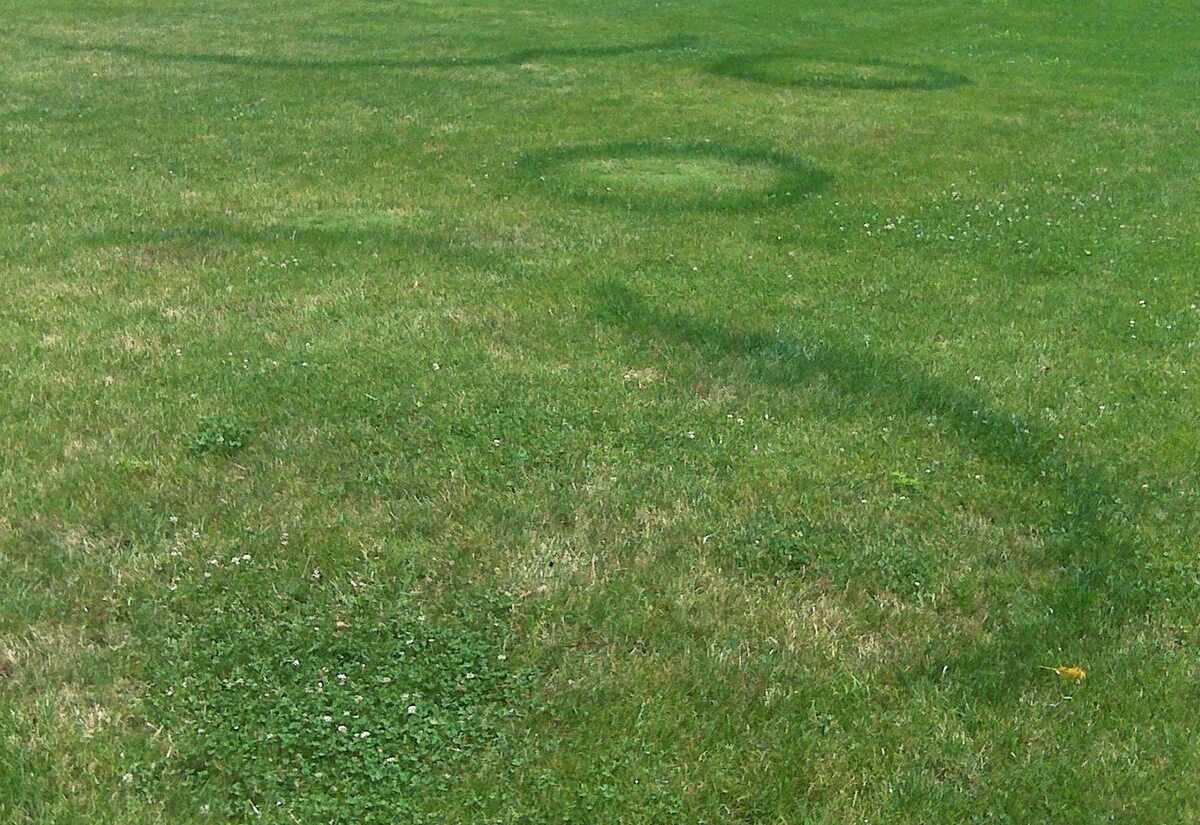
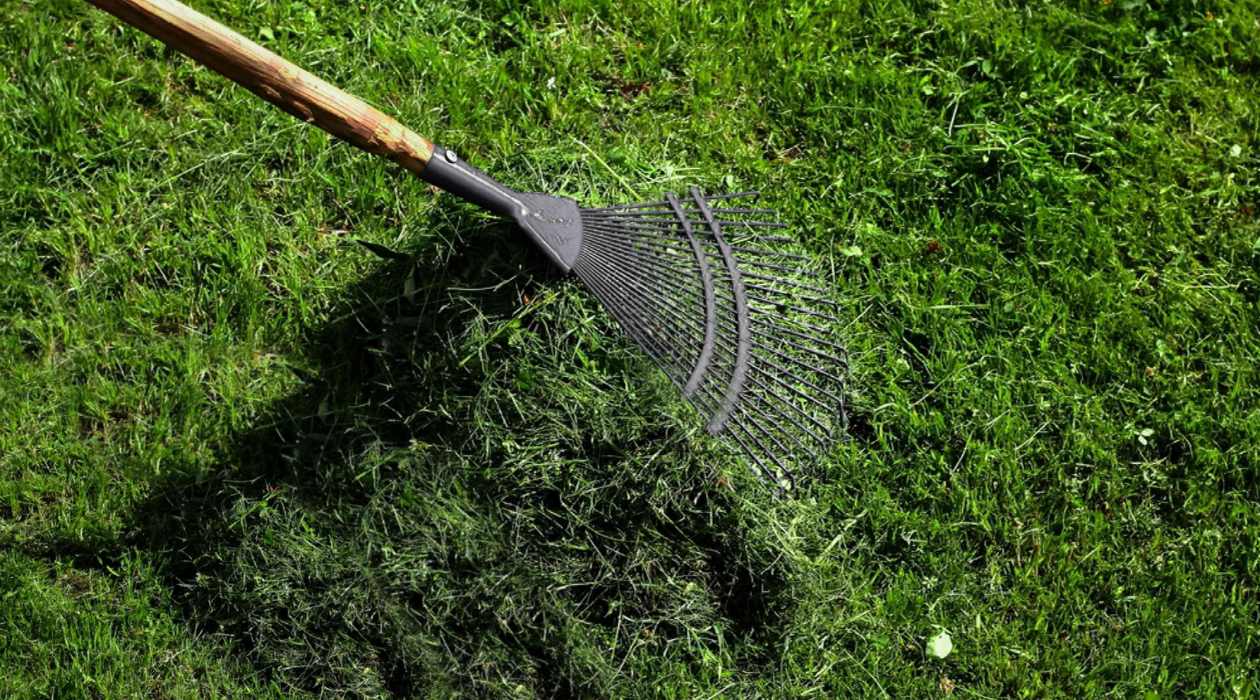
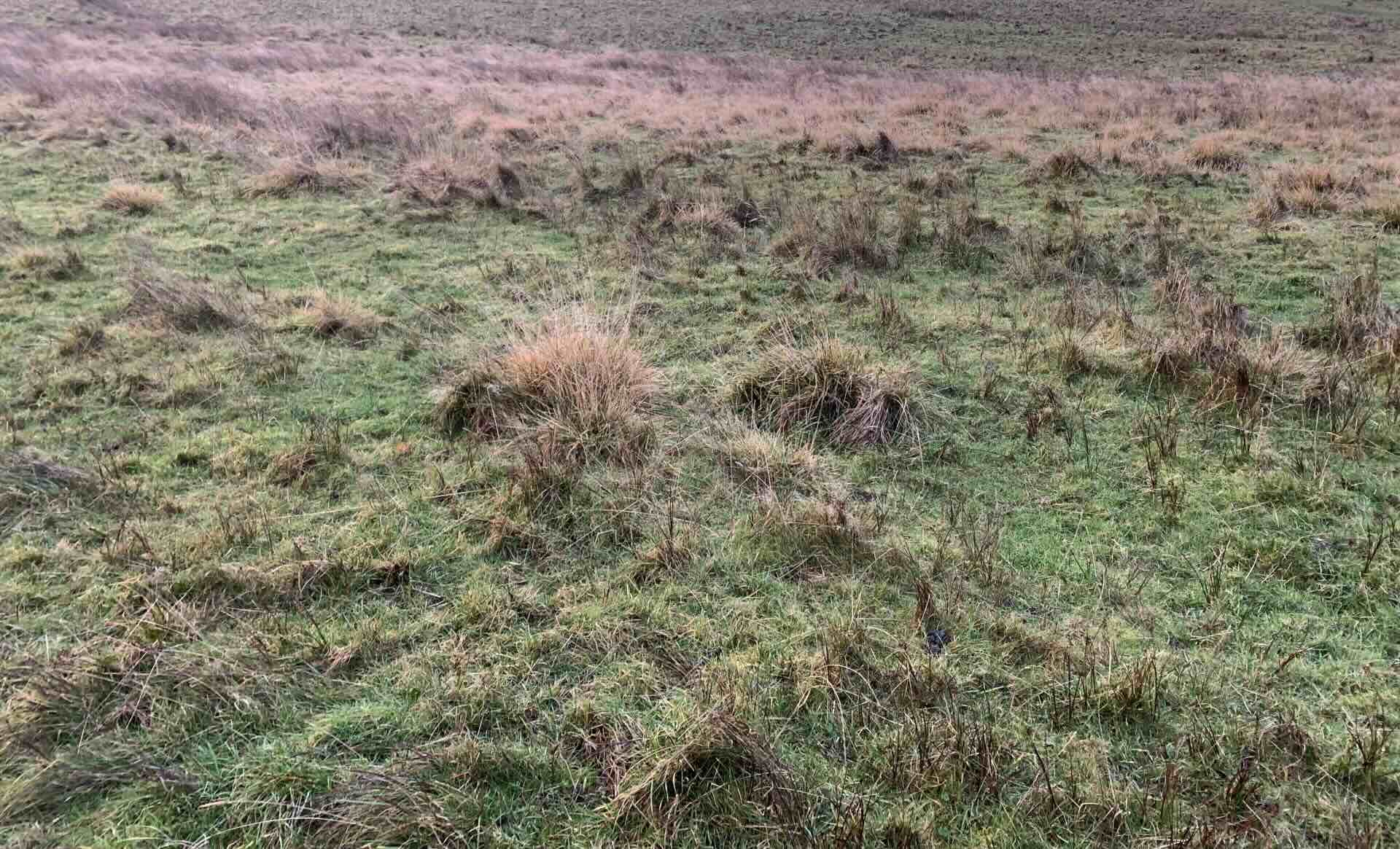
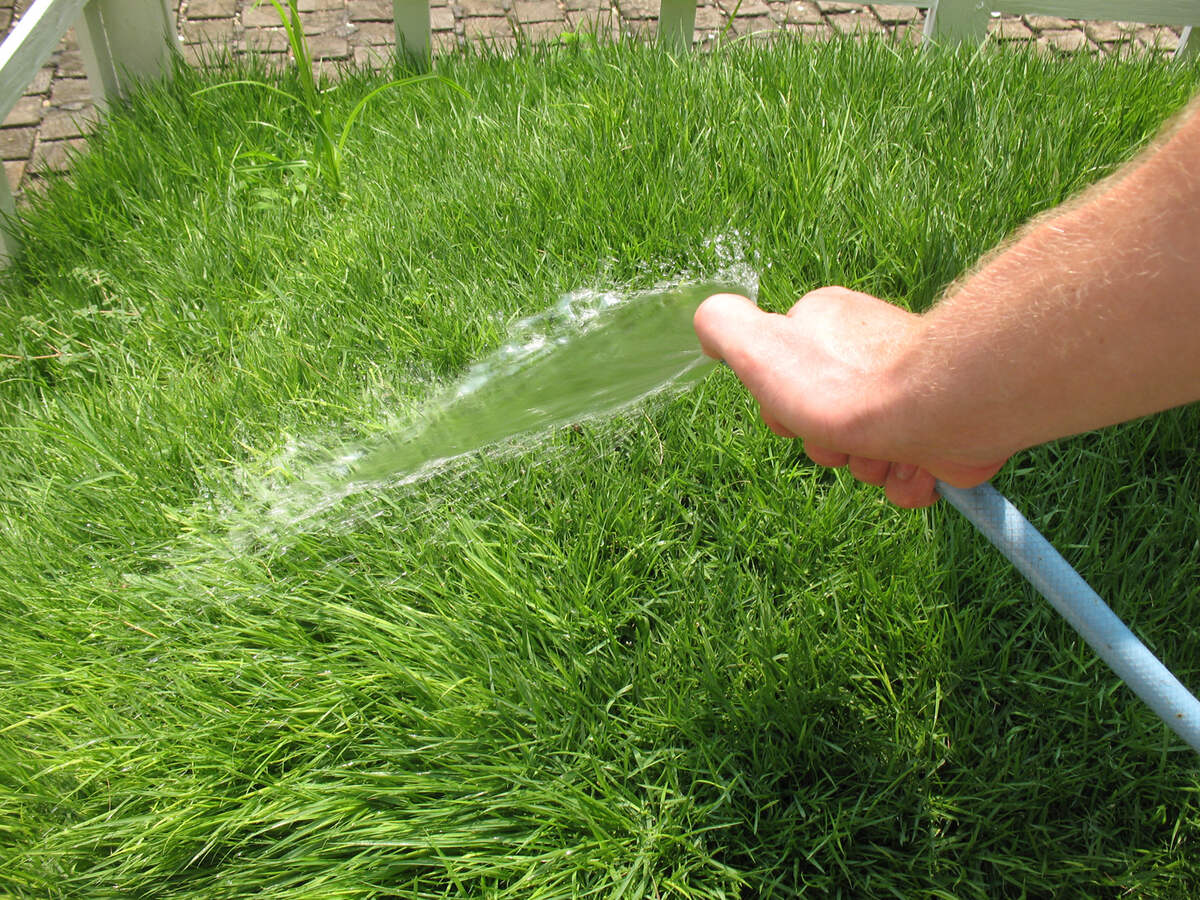
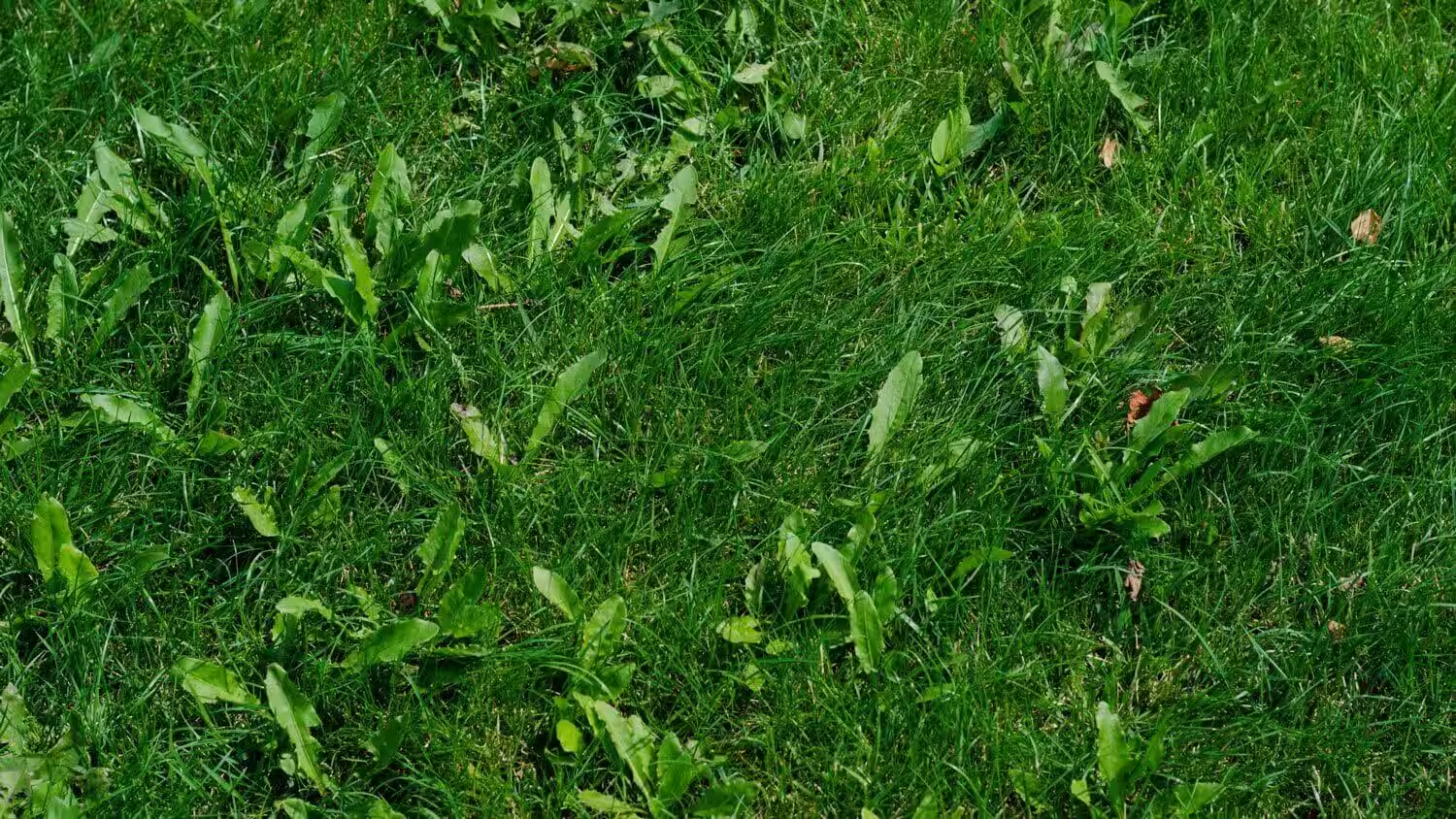
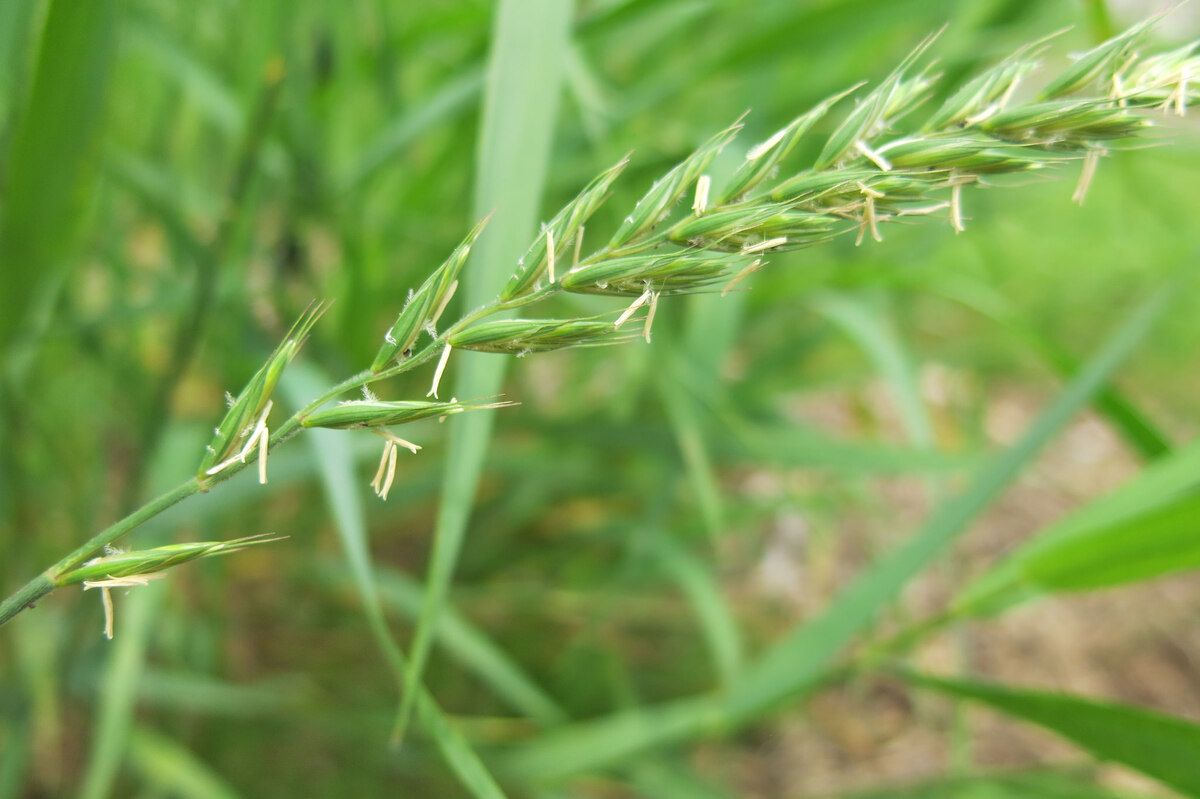
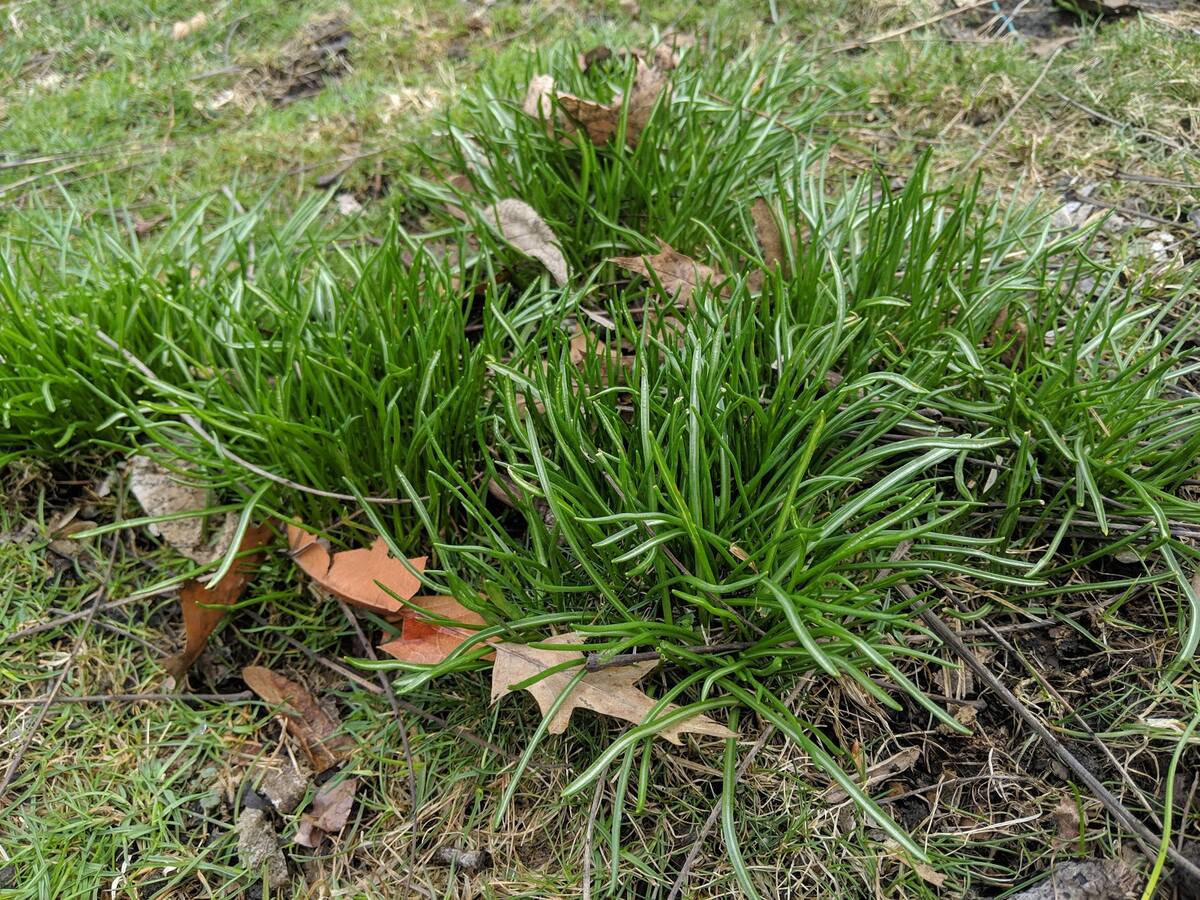








0 thoughts on “How To Get Rid Of Fairy Rings In Lawns”